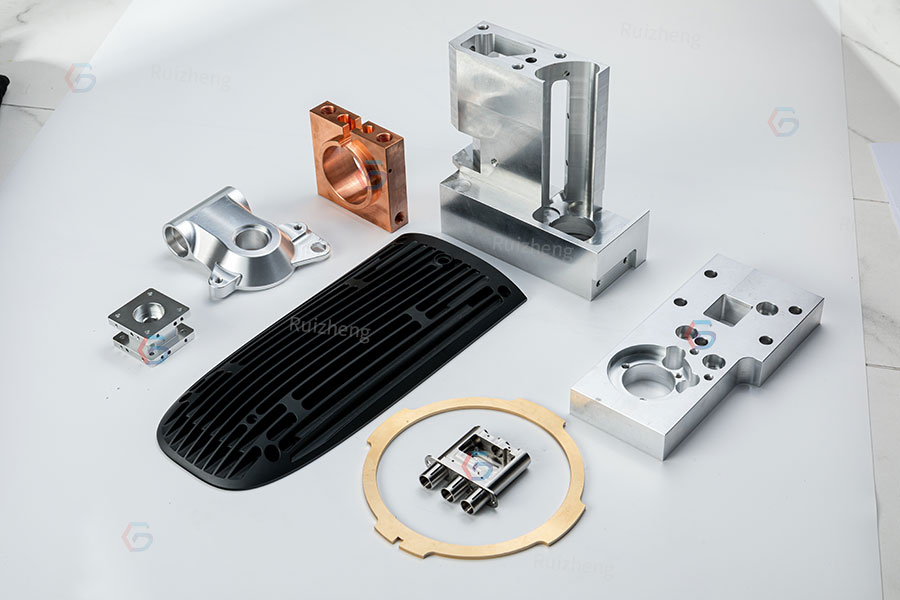
With the increasing demand for precision, lightweight and high efficiency in the automotive industry, CNC Milling (CNC Milling) technology has become an indispensable core process in the manufacturing of automotive parts with its unique advantages. This article will analyze how CNC Milling promotes the upgrading of the automotive manufacturing industry from three dimensions: technical advantages, typical applications and industry trends.
1. Core Technical Advantages of CNC Milling
High Precision and Complex Structure Processing Capability
CNC Milling can achieve micron-level precision processing through computer program control of multi-axis linkage, meeting the high requirements of automotive parts (such as engine cylinders and gearbox components) for geometric shapes and dimensional tolerances. Its dynamic processing capabilities can also easily complete the one-time molding of complex structures such as curved surfaces and special-shaped grooves, reducing the problem of multi-process collaboration in traditional processes.
Production Efficiency and Cost Optimization
In mass production of automobiles, the automation characteristics of CNC Milling significantly shorten the processing cycle. Through preset programs and tool path optimization, material utilization can be increased by more than 20%, while reducing errors and costs caused by manual intervention. For example, Tesla and other automakers use CNC Milling to quickly iterate prototypes, accelerating the development of new models.
Material adaptability and flexibility
Whether it is aluminum alloy, high-strength steel, or composite materials, CNC Milling can be processed stably. This wide applicability enables it to cover the manufacturing needs of a variety of parts such as chassis parts, transmission systems, and electronic components, and is especially suitable for the processing of lightweight parts for new energy vehicles.
2. Typical applications of CNC Milling in automobile manufacturing
Powertrain components
Key components such as engine crankshafts and turbocharger blades have extremely high requirements for surface finish and dynamic balance. CNC Milling can achieve multi-angle precision milling through five-axis linkage technology to ensure efficient operation of the power system.
Chassis and suspension system
Structural parts such as aluminum alloy control arms and steering knuckles need to take into account both strength and lightweight. CNC Milling can not only accurately process hollow designs, but also optimize cutting parameters through simulation to improve the fatigue life of components.
Electronic and intelligent driving components
With the development of automotive electronics, the demand for precision components such as millimeter-wave radar brackets and vehicle-mounted camera housings has surged. CNC Milling has become the preferred processing solution for such miniaturized and highly complex parts with its high repeatability.
3. Industry trends and future prospects
Under the background of Industry 4.0, CNC Milling is deeply integrated with the Internet of Things and AI.
For example, by real-time monitoring of tool wear data, the system can automatically adjust processing parameters to further improve the yield rate. In addition, with the popularization of carbon fiber materials, multi-axis CNC milling equipment will play a greater role in the field of new energy vehicles.
As the “precision hand” of the automotive manufacturing industry, CNC Milling continues to enable industrial upgrading through technological iteration. In the future, with the growth of customized demand and the deepening of the concept of green manufacturing, CNC Milling will play a more critical role in improving automotive performance and reducing energy consumption. For car companies, investing in CNC Milling technology is not only a choice to enhance competitiveness, but also an inevitable path to embrace the era of intelligent manufacturing.


